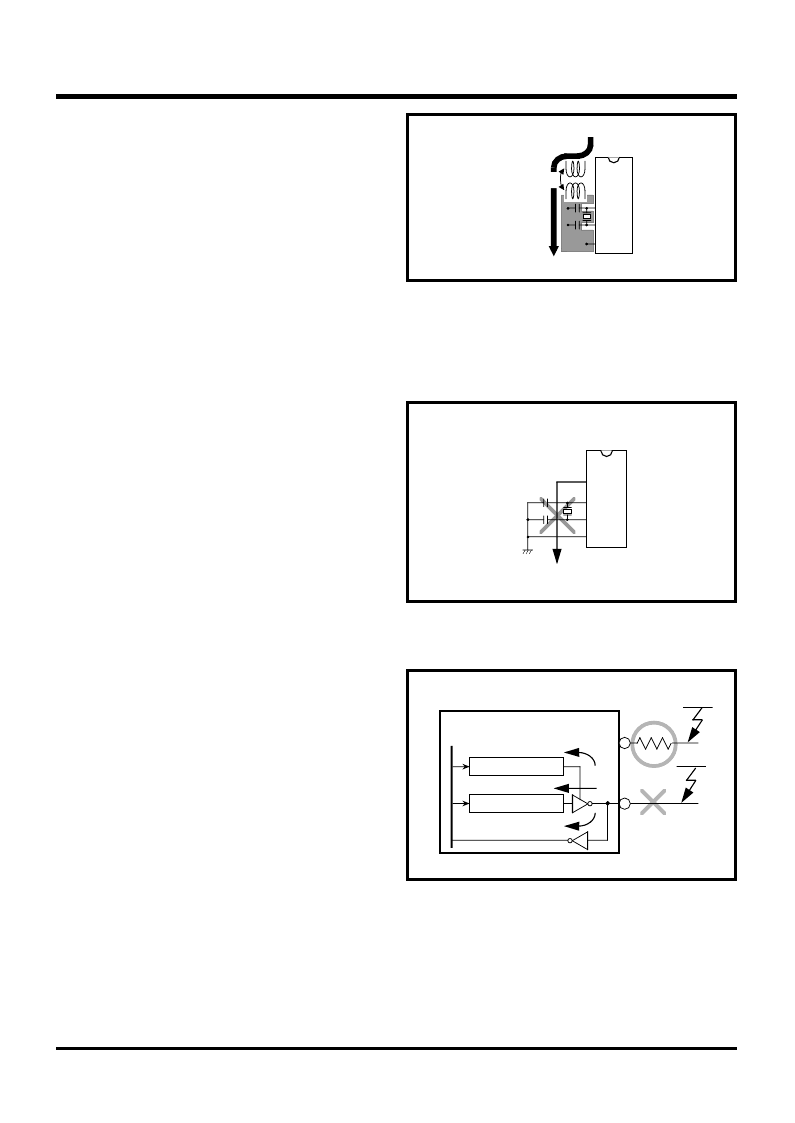- 您現(xiàn)在的位置:買賣IC網(wǎng) > PDF目錄370859 > M38001S8-XXXFS (Mitsubishi Electric Corporation) Excalibur JFET-Input High-Output-Drive uPower Operational Amplifier 8-SOIC 0 to 70 PDF資料下載
參數(shù)資料
| 型號: | M38001S8-XXXFS |
| 廠商: | Mitsubishi Electric Corporation |
| 英文描述: | Excalibur JFET-Input High-Output-Drive uPower Operational Amplifier 8-SOIC 0 to 70 |
| 中文描述: | 8位單片機 |
| 文件頁數(shù): | 128/173頁 |
| 文件大小: | 4203K |
| 代理商: | M38001S8-XXXFS |
第1頁第2頁第3頁第4頁第5頁第6頁第7頁第8頁第9頁第10頁第11頁第12頁第13頁第14頁第15頁第16頁第17頁第18頁第19頁第20頁第21頁第22頁第23頁第24頁第25頁第26頁第27頁第28頁第29頁第30頁第31頁第32頁第33頁第34頁第35頁第36頁第37頁第38頁第39頁第40頁第41頁第42頁第43頁第44頁第45頁第46頁第47頁第48頁第49頁第50頁第51頁第52頁第53頁第54頁第55頁第56頁第57頁第58頁第59頁第60頁第61頁第62頁第63頁第64頁第65頁第66頁第67頁第68頁第69頁第70頁第71頁第72頁第73頁第74頁第75頁第76頁第77頁第78頁第79頁第80頁第81頁第82頁第83頁第84頁第85頁第86頁第87頁第88頁第89頁第90頁第91頁第92頁第93頁第94頁第95頁第96頁第97頁第98頁第99頁第100頁第101頁第102頁第103頁第104頁第105頁第106頁第107頁第108頁第109頁第110頁第111頁第112頁第113頁第114頁第115頁第116頁第117頁第118頁第119頁第120頁第121頁第122頁第123頁第124頁第125頁第126頁第127頁當前第128頁第129頁第130頁第131頁第132頁第133頁第134頁第135頁第136頁第137頁第138頁第139頁第140頁第141頁第142頁第143頁第144頁第145頁第146頁第147頁第148頁第149頁第150頁第151頁第152頁第153頁第154頁第155頁第156頁第157頁第158頁第159頁第160頁第161頁第162頁第163頁第164頁第165頁第166頁第167頁第168頁第169頁第170頁第171頁第172頁第173頁

3800 GROUP USER’S MANUAL
3-26
APPENDIX
3.4 Countermeasures against noise
3.4.3. Consideration for oscillator
Take care to prevent an oscillator that generates
clocks for a microcomputer operation from being
affected by other signals.
(1) Keeping an oscillator away from large current
signal lines
Install a microcomputer (and especially an oscillator)
as far as possible from signal lines where a current
larger than the tolerance of current value flows.
Reason
In the system using a microcomputer, there are
signal lines for controlling motors, LEDs, and thermal
heads or others. When a large current flows through
those signal lines, strong noise occurs because of
mutual inductance.
(2) Keeping an oscillator away from signal lines
where potential levels change frequently
Install an oscillator and a connecting pattern of an
osillator away from signal lines where potential levels
change frequently. Also, do not cross such signal
lines over the clock lines or the signal lines which are
sensitive to noise.
Reason
Signal lines where potential levels change frequently
(such as the CNTR pin line) may affect other lines at
signal rising or falling edge. If such lines cross over
a clock line, clock waveforms may be deformed,
which causes a microcomputer failure or a program
runaway.
3.4.4 Setup for I/O ports
Setup I/O ports using hardware and software as follows:
<Hardware>
G
Connect a resistor of 100
or more to an I/O port
inseries.
<Software>
G
As for an input port, read data several times by a
program for checking whether input levels are
equal or not.
G
As for an output port, since the output data may
reverse because of noise, rewrite data to its port
latch at fixed periods.
G
Rewirte data to direction registers and pull-up
control registers (only the product having it) at fixed
periods.
When a direction register is set for input port again at fixed periods, a several-nanosecond short pulse may be
output from this port. If this is undesirable, connect a capacitor to this port to remove the noise pulse.
Fig.3.4.5 Wiring for a large current signal line
Fig.3.4.6 Wiring to a signal line where potential levels
change frequently
X
IN
X
OUT
V
SS
M
Microcomputer
Mutual inductance
Large
current
GND
X
IN
X
OUT
V
SS
CNTR
Do not cross
Fig. 3.4.7 Setup for I/O ports
Direction register
Port latch
Data bus
I/O port
pins
Noise
Noise
N.G.
O.K.
相關PDF資料 |
PDF描述 |
|---|---|
| M38001S8-XXXHP | 1 watt dc-dc converters |
| M38001S8-XXXSP | 1 watt dc-dc converters |
| M38001S8-XXXSS | Excalibur JFET-Input High-Output-Drive uPower Operational Amplifier 8-SOIC |
| M38002M1-XXXFP | 1 watt dc-dc converters |
| M38002M2-XXXFP | 1 watt dc-dc converters |
相關代理商/技術參數(shù) |
參數(shù)描述 |
|---|---|
| M38001S8-XXXHP | 制造商:MITSUBISHI 制造商全稱:Mitsubishi Electric Semiconductor 功能描述:8-BIT SINGLE-CHIP MICROCOMPUTER |
| M38001S8-XXXSP | 制造商:MITSUBISHI 制造商全稱:Mitsubishi Electric Semiconductor 功能描述:8-BIT SINGLE-CHIP MICROCOMPUTER |
| M38001S8-XXXSS | 制造商:MITSUBISHI 制造商全稱:Mitsubishi Electric Semiconductor 功能描述:8-BIT SINGLE-CHIP MICROCOMPUTER |
| M3800202-289SP | 制造商:MITSUBISHI 制造商全稱:Mitsubishi Electric Semiconductor 功能描述:8-BIT SINGLE-CHIP MICROCOMPUTER |
| M38002-128 | 制造商:MITSUBISHI 制造商全稱:Mitsubishi Electric Semiconductor 功能描述:8-BIT SINGLE-CHIP MICROCOMPUTER |
發(fā)布緊急采購,3分鐘左右您將得到回復。